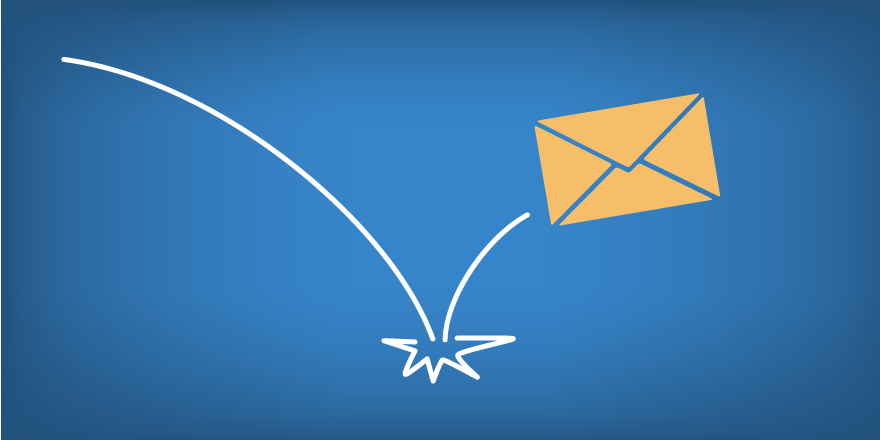In the dynamic world of email marketing, your success is as much about reaching inboxes as it is about crafting compelling content. One of the biggest hurdles to achieving a wide reach is a high email bounce rate. When your emails are bouncing, they aren’t reaching potential customers, and your message falls on deaf servers, so to speak. But fear not; lowering your bounce rate and boosting your reach is within your grasp, and it starts with understanding and action.
Bounce Rate: The Barrier to Inbox Entry
Your email bounce rate is the percentage of your outbound emails that fail to land in a recipient's inbox. High bounce rates can lead to decreased deliverability and can even get you flagged as spam, which further narrows your reach. To unlock the full potential of your email campaigns, the first key is to minimize these bounce rates.
Pinpoint the Problem: Hard vs. Soft Bounces
Bounce rates can be categorized into hard and soft bounces. A hard bounce indicates a permanent problem, like a non-existent email address, while a soft bounce is usually a temporary issue, such as a full inbox or a server hiccup. Pinpointing whether your bounces are hard or soft is crucial to diagnosing your email health.
Scrub and Shine: Cleaning Your Email Lists
A clean email list is the bedrock of a robust email strategy. Start by removing invalid addresses that cause hard bounces. Use an email verification service to validate your list, ensuring that your campaigns are hitting real inboxes. Regular list maintenance removes the dead weight, allowing your messages to fly straight and true to your engaged audience.
Technical Tune-Up: Align Your Authentication
Emails that don't align with authentication standards are more likely to bounce. SPF, DKIM, and DMARC are not just acronyms; they are your allies in the fight against bounces. Ensuring these records are correctly set up is like giving your emails a VIP pass through security protocols of most email services.
Content Calibration: Crafting Emails that Land
Emails that resonate with recipients are less likely to be ignored or marked as spam. Personalization and relevance are your best tools here. Segment your list and tailor your content to the audience segment. Invest in writing subject lines that intrigue but don't mislead. Your email content should be as personalized as a hand-written letter, even if it's reaching thousands.
Measure, Monitor, Modify
Keep a keen eye on your campaign analytics. Monitoring your bounce rates in relation to changes in your content, list hygiene practices, and sending frequency can reveal patterns that help you adjust your strategy for better reach.
Engagement Over Everything
Remember, an engaged subscriber is the endgame. Re-engagement campaigns can wake up sleepy subscribers, potentially turning soft bounces into open rates and clicks. Don’t be afraid to ask your subscribers to add you to their address book or whitelist you, ensuring your emails bypass the dreaded spam folder.
Implementing Intelligence: Using AI and Automation
Leverage AI and automation to predict and prevent bounces before they happen. Machine learning algorithms can analyze your email performance data and suggest optimal sending times, subject line tweaks, and even predict which subscribers are most likely to engage.
Reaching Out: From Bounce Rate to Conversion Rate
Every email marketer's dream is to convert maximum emails into leads and sales. By lowering your bounce rate, you're opening the doors wide to a broader audience. It’s about reaching past the technological barriers and making a human connection.
In Conclusion: A Journey to Better Reach
Reducing your bounce rate isn't just a technical exercise; it's a journey toward better engagement with your audience. By refining your approach, you can transform your email campaigns from being a shot in the dark to a beacon in the inbox. It's time to unlock your email success; lower your bounce rate and watch your reach—and your business—grow.



